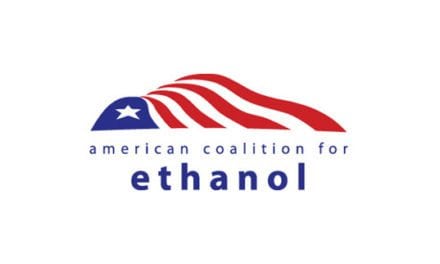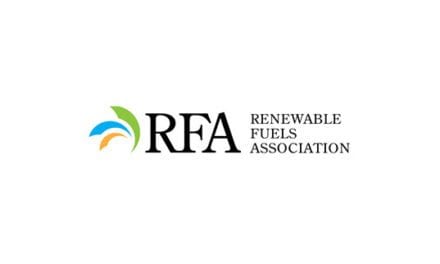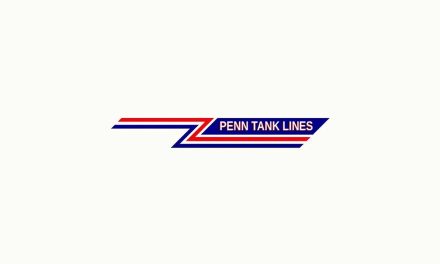By Keith Reid
In Feb. 2019 the Environmental Protection Agency and California Air Resources Board announced that they had reached an impasse over the Trump administration’s efforts to reevaluate and, to a great extent, rollback the Obama administration’s aggressive 2012 Corporate Average Fuel Economy Standards through the Safer Affordable Fuel-Efficient (SAFE) Vehicles Rule. That impasse has reached its conclusion, though the courts are likely to have a say in the matter.
The Obama-era standards would have required a 54 miles-per-gallon fleet average for passenger cars and light trucks by 2025. Current mileage at the time averaged 25 mpg. We covered that HERE.
It was also announced that the administration was challenging a federal waiver dating back to the 1970 Clean Air Act has uniquely allowed California to set its own pollution regulations, which functionally gives California a backdoor ability to dictate federal standards due to its market size.
A little over a year later—March 31, 2020—the National Highway Traffic Safety Administration and the EPA announced the SAFE Vehicles Rule. While not as aggressive as the initial announcements suggested, it still represents a major departure.
“Phase I” of the rule had already taken place I Sept. 2019, when EPA and NHTSA revoked the California waiver. That is currently being fought over in the courts.
“Phase 2” of the rule requires model year 2021-2026 passenger cars and light trucks to see an annual increase of 1.5% compared the previous 5%. This is projected to result in an average of 40.4 miles per gallon in MY 2026, compared to the previous 50.4 mpg. As with Phase I, it is practically assured this will be fought over in the courts.
As a side note, various high-octane fuel concepts, discussed frequently at Fuels Institute Meetings and regularly covered in FMN did not gain traction for the rule. These would have involved ethanol blends in the 25% range (E25) and specially tuned engines to achieve high mileage, power and efficiency. However, they would have also required a significant infrastructure and market changes to achieve.
The justification for the reduction is publicly centered on safety. The argument is that newer, safer cars will cost (roughly) $1,400 less under the new rule, due to some $100 billion in added developmental costs required to meet the old standards. This is estimated to generate 2.7 million additional new vehicle sales through 2029, according the NHTSA press release announcing the rule.
NHTSA research claims that there will be about 3,300 fewer crash fatalities and 397,000 fewer injuries in crashes over the lifetimes of the newer vehicles built and sold as a result of the rule change through model year 2029. If you have the time, you can review the rational for this and the other modeling involved in the rule HERE. Be aware, it’s a 1,975 “page turner.”
If you’re thinking the safety argument is a bit of a stretch, you’re not alone. To be fair there were plenty of similar stretches at work under the Obama administration, used to push some of the most aggressive environmental policies of that administration.
So, what are the nuts and bolts driving the changes?
The Trump administration demonstrably considers carbon emissions to be much less of an issue than the Obama administration. According to polls that is not entirely out of touch with mainstream America, particularly when such polls include questions like: “How much are you willing to pay for carbon reduction?”
The rule is also claimed to save the auto manufacturers considerable R&D costs associated with developing cutting edge technologies. However, they have been a fickle group on the subject.
Auto makers initially showed strong support for revisiting the standards. That support began to split as the Trump administration started to act. I cover that further in THIS policy brief. In a nutshell, pundits at the time speculated there was concern over negative publicity. And, no doubt they would like greater long-term certainty on what will be required as they develop and roll out new models and look to harmonize models internationally where there might be higher standards in place.
And then there are jobs. From the Whitehouse announcement: “…the SAFE Vehicles Rule will continue to improve United States air quality while also protecting the jobs of our great American autoworkers.”
Blowback to the rule, through most certainly there, has been comparably muted compared to similar issues. Several, such as MotherJones, are already trying to tie this into the COVID-19 crisis. “Those few percentage points might not sound like a major change, but the difference means more pollution clogging people’s lungs—a public health crisis that also makes us more vulnerable to COVID-19.” Noted Rebecca Leber in THIS article.
THIS New York Times piece by Coral Davenport opened: “The Trump administration on Tuesday announced a new rule on automobile fuel efficiency, completing the president’s rollback of Obama-era standards and gutting the federal government’s most important climate change policy.”
The article noted that various outside officials contested the claims in the analysis, such one from Michael Greenstone, an economist at the University of Chicago who served on Mr. Obama’s Council of Economic Advisers: “They are monkeying around with the numbers and the benefits, undermining a four-decade commitment to on-the-level cost-benefit analysis that has been in place since the Reagan administration.”
This and other criticisms tended to represent the more subjective than objective scoring decision made when looking at all the potential variables for health, carbon reduction, safety, cost, etc. Opponents tend to look at such variables in the worst outcomes, and the Trump administration in the best. Go figure.









